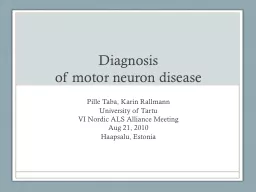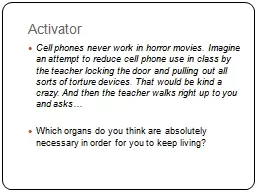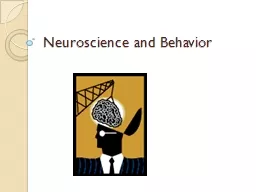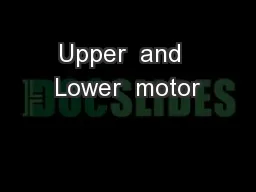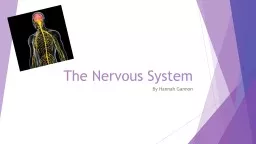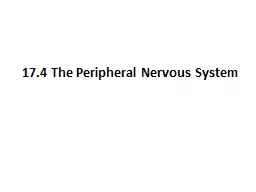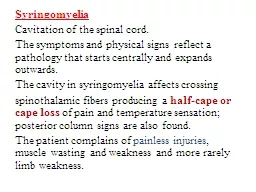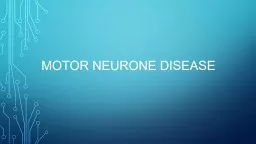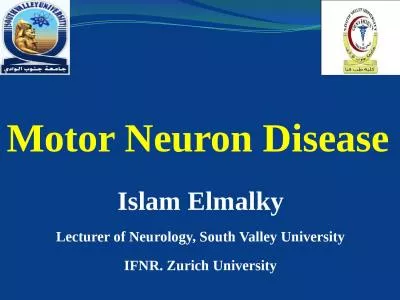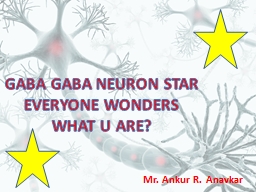PPT-Diagnosis of motor neuron disease
Author : firingbarrels | Published Date : 2020-10-22
Pille Taba Karin Rallmann University of Tartu VI Nordic ALS Alliance Meeting Aug 21 2010 Haapsalu Estonia Motor neuron disease MND Charcot JM Sclerose des cordons
Presentation Embed Code
Download Presentation
Download Presentation The PPT/PDF document "Diagnosis of motor neuron disease" is the property of its rightful owner. Permission is granted to download and print the materials on this website for personal, non-commercial use only, and to display it on your personal computer provided you do not modify the materials and that you retain all copyright notices contained in the materials. By downloading content from our website, you accept the terms of this agreement.
Diagnosis of motor neuron disease: Transcript
Download Rules Of Document
"Diagnosis of motor neuron disease"The content belongs to its owner. You may download and print it for personal use, without modification, and keep all copyright notices. By downloading, you agree to these terms.
Related Documents

